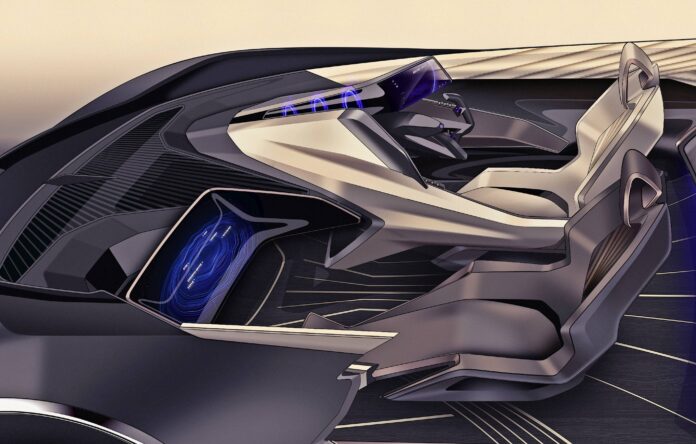Interior designers often focus on the driver when considering the layout of a car’s cabin, especially with sporty models. After all, it is the driver who controls the car and therefore should be provided an environment that allows him or her to operate the vehicle efficiently and even intuitively. This not only promotes driving pleasure but also safety.
Different carmakers have different philosophies which the designers use. For the Japanese, one inspiration comes from the rider and his horse, specifically in yabusame – Japanese mounted archery which can be traced as far back as the 10th century. Not only was this a skill demonstrated in contests but also in battles where soldiers could hit targets precisely while riding a horse at speed.
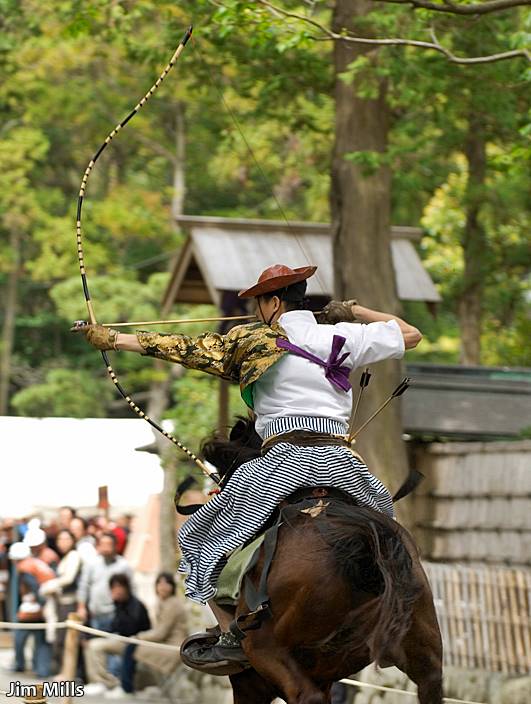
In order to develop such skills required a unity with the horse too, so that movements could be coordinated and the rider could focus accurately on the target. Apart from skills to guide the horse with the reins, it had also to be taught to gallop steadily when the archer had to use both hands to ready the bow and arrow and aim.
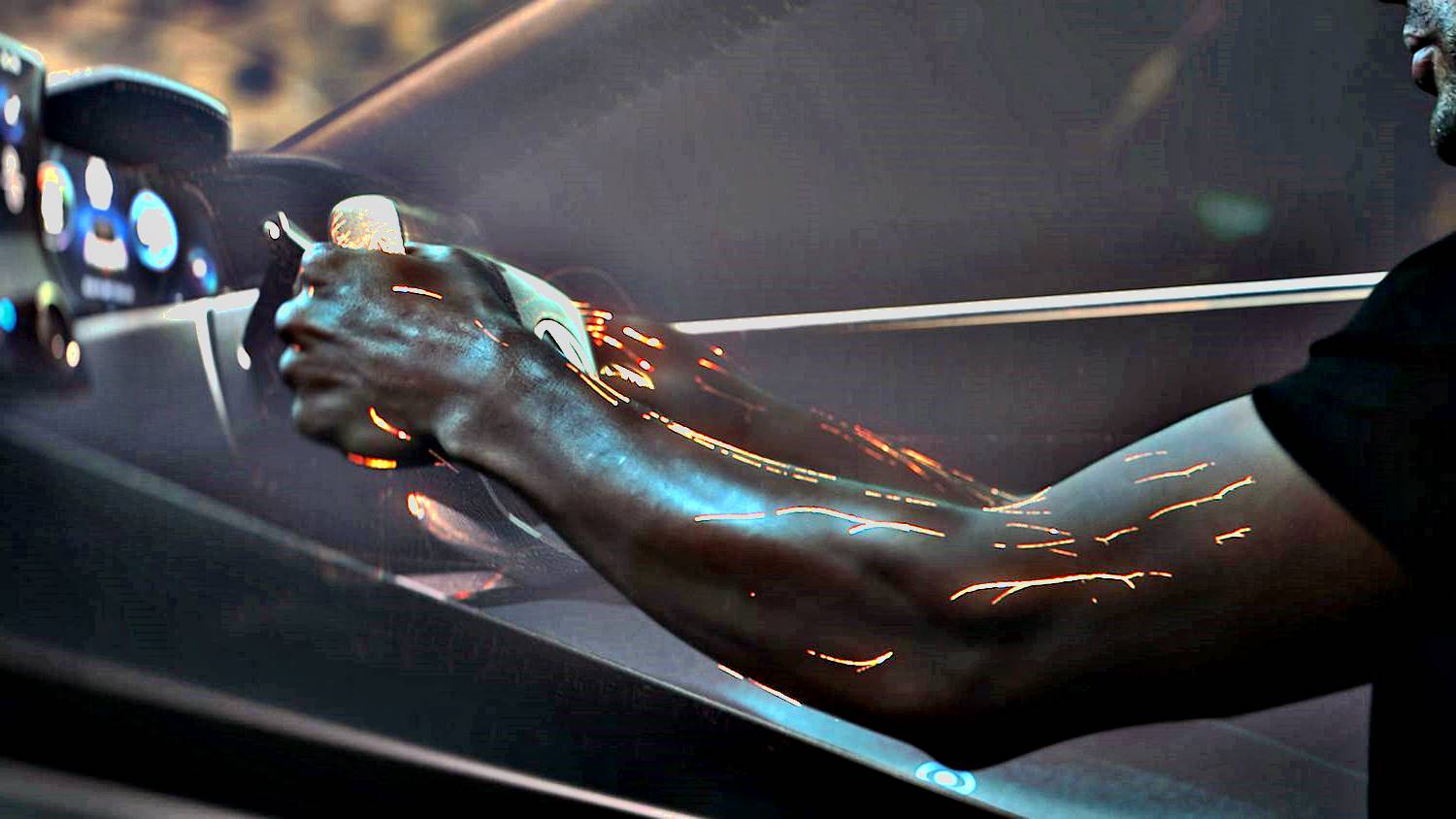
Yabusame inspired the designers at Lexus as they developed the cockpit of the LF-30 Electrified concept presented in 2019. As a preview of the future electrified range of Toyota’s luxury brand, the LF-30 Electrified displayed not only new technologies but also new approaches to exterior and interior design.
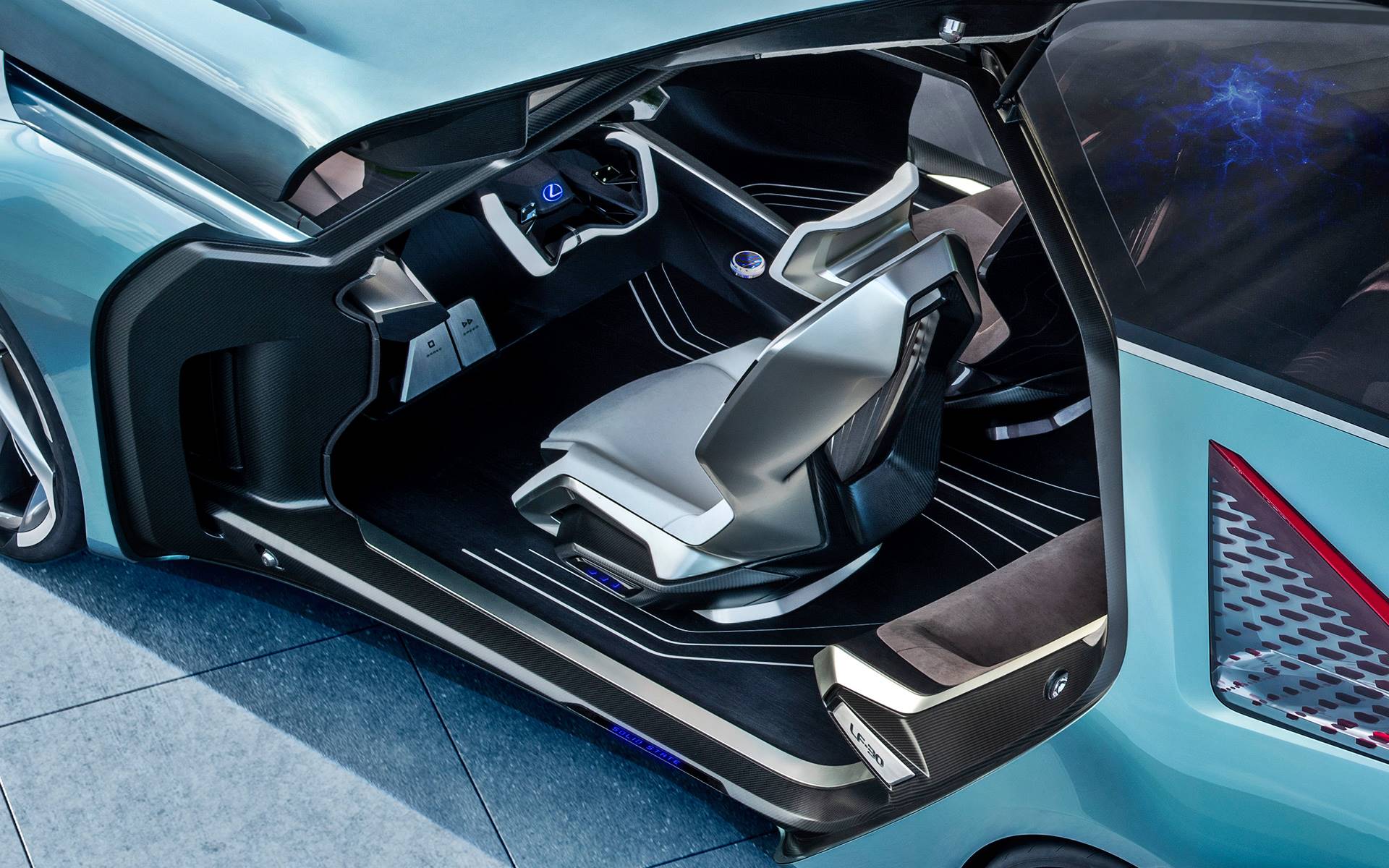
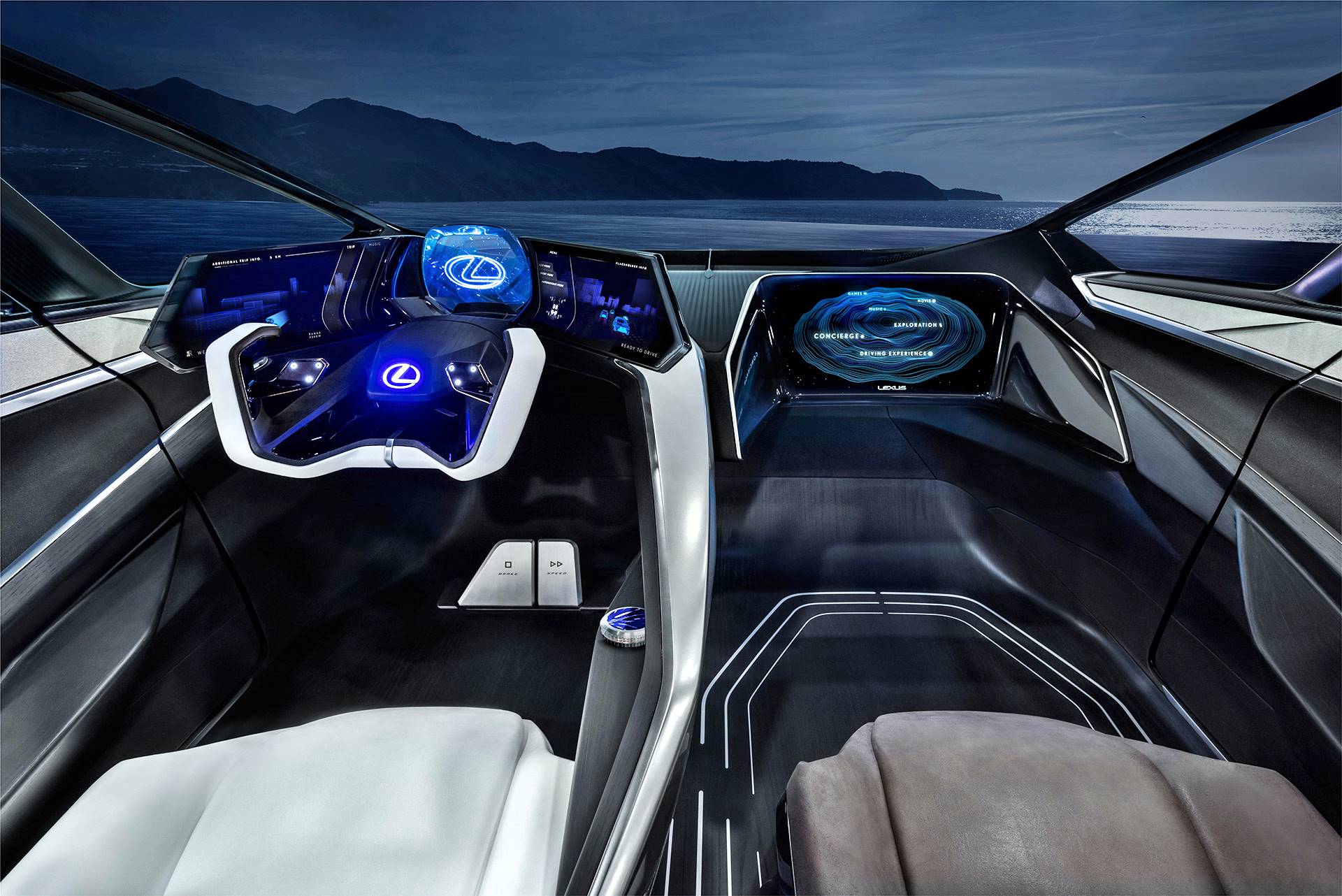
To manifest in a higher dimension Lexus’ fundamental human-centered philosophy for interior design, the designers came up with the Tazuna concept (Japanese for ‘reins of the horse’) which took the principles of yabusame and applied them to the cockpit. This called for a lot of thought, design and then adapting new technologies to meet requirements such minimised movements of the head and hands while making operation of switches and knobs more intuitive. In a perfect relationship between rider and horse, small, precise hand movements of the reins are all that’s required to communicate commands.
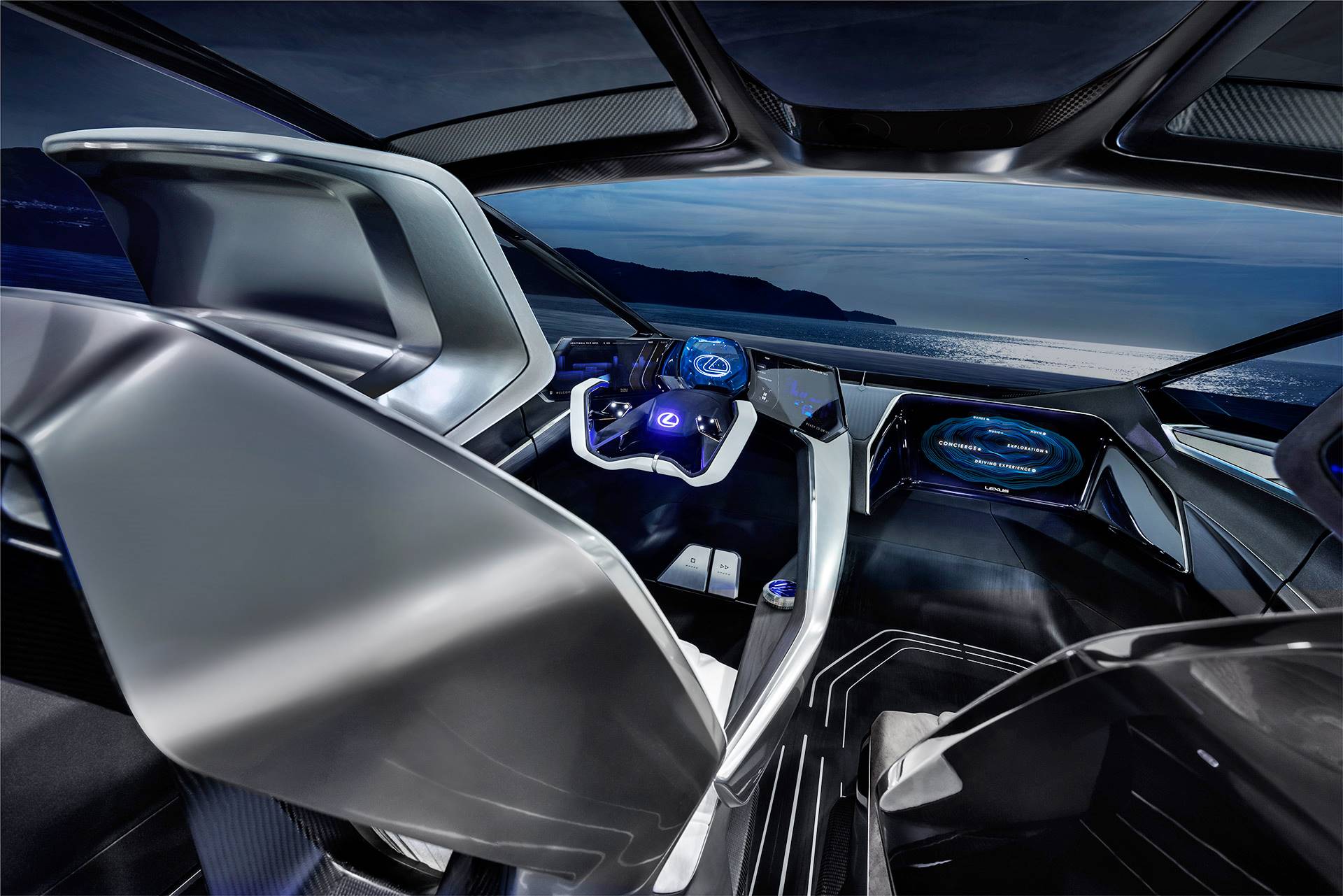
Ultimately, the aim is to help the driver focus on the business of driving: hands on the wheel, eyes on the road. It’s a simple principle, but many different elements around the interior have to be brought together in harmony to achieve it, from the driver’s position at the wheel to the shape and location of different controls and the way in which important vehicle and journey data are communicated.
The primary information sources – the multi-information and instrument displays, multimedia screen and Head-Up Display (HUD) are positioned so they can be read at a glance, with high-definition graphics. The number of physical switches is less and they are grouped according to their function, with the driving-related controls closest at hand.
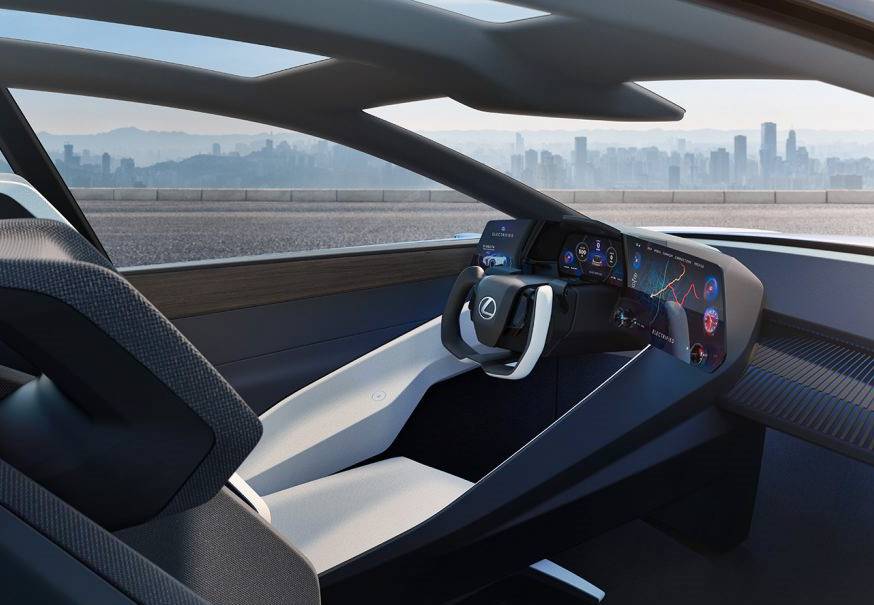
Touch-tracer switches on the steering wheel can be customised to operate preferred functions and there’s no need to look down at the wheel to find the control required – when the switch is touched, its operation is shown in the HUD or multi-information display.
![Lexus LF-30 Electrified concept EV [2019]](https://www.motaauto.com/wp-content/uploads/2023/10/Lexus-LF-30-Electrified-concept-EV-2019-scaled.jpg)
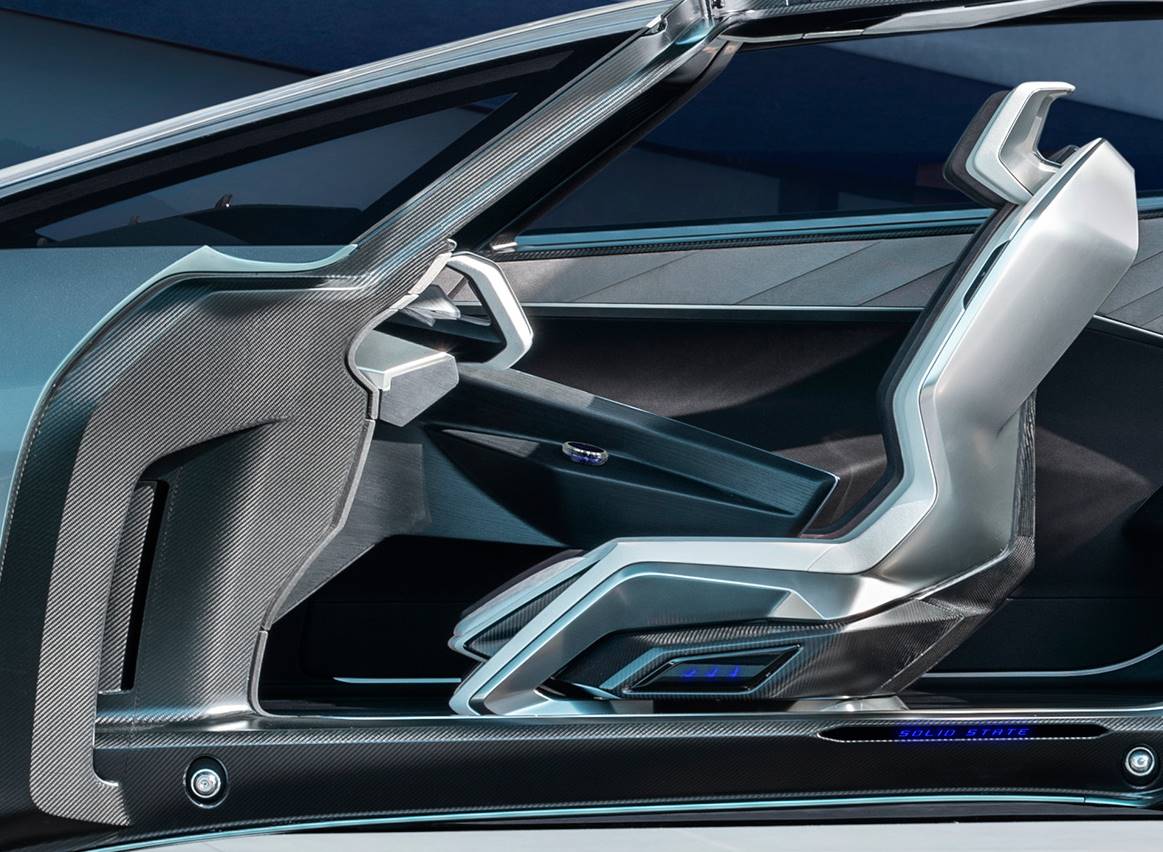
The seat also plays an important role in being in control and connected with the car. How the body is postured and how efficiently operations can be carried out are determined by the shape and structure of the seat. For example, the front seat side bolsters have cut-out areas so there’s no elbow obstruction when operating the controls.
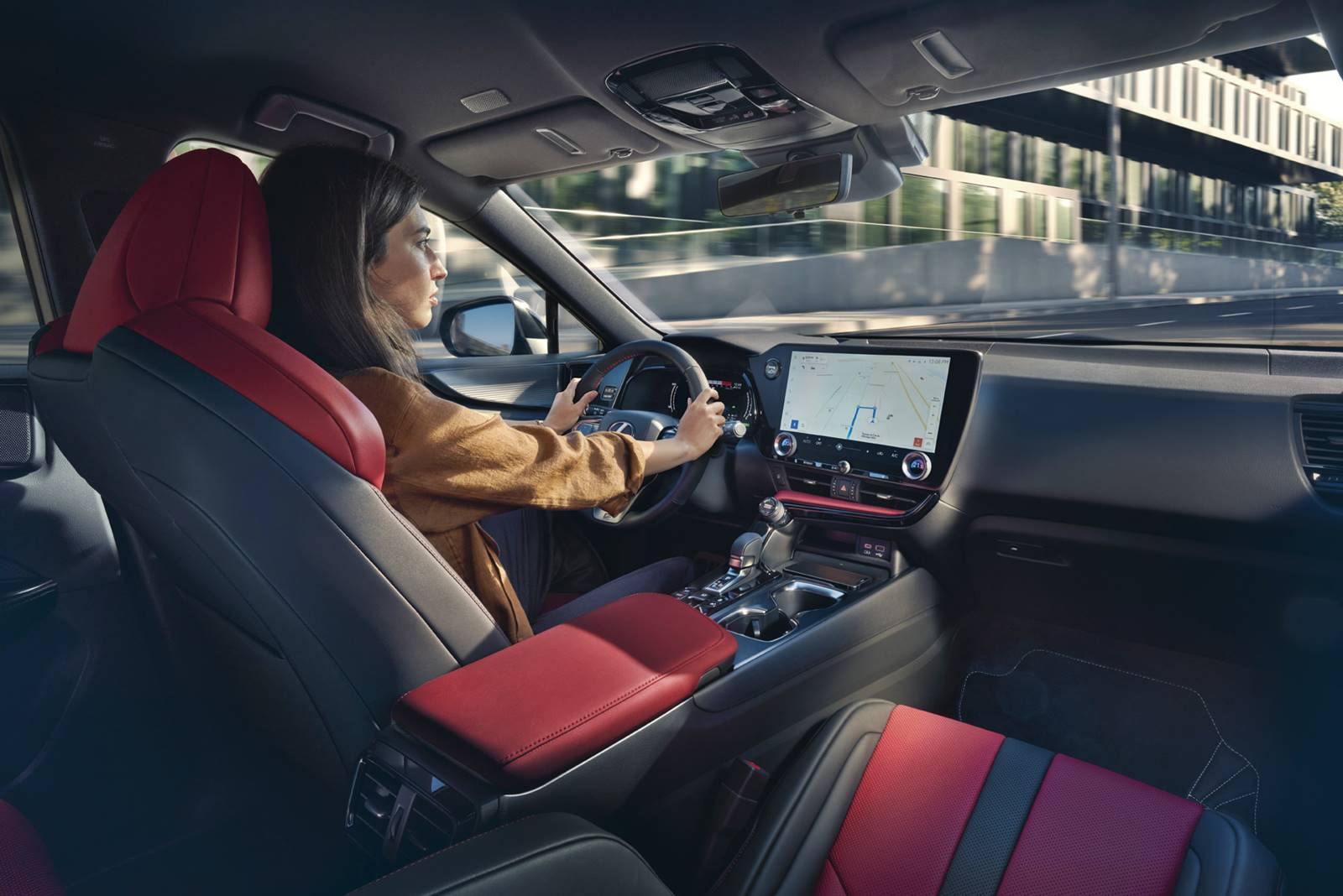
The shape and cross-section of the steering wheel have been precisely determined by Lexus’ Takumi craftspeople to provide the ideal grip feel – the key point of connection between driver and car. The shift lever, too, is compact and perfectly angled.
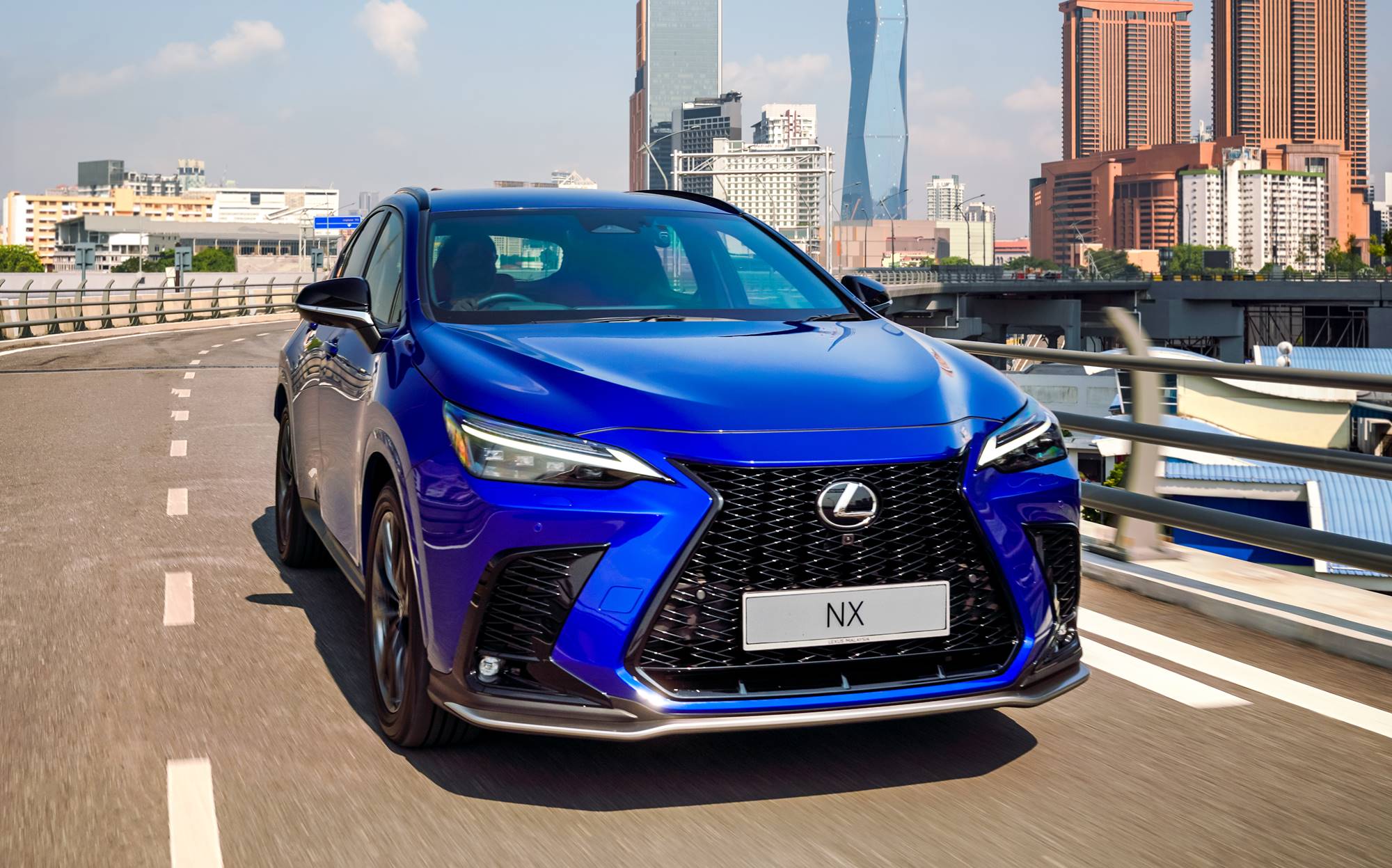
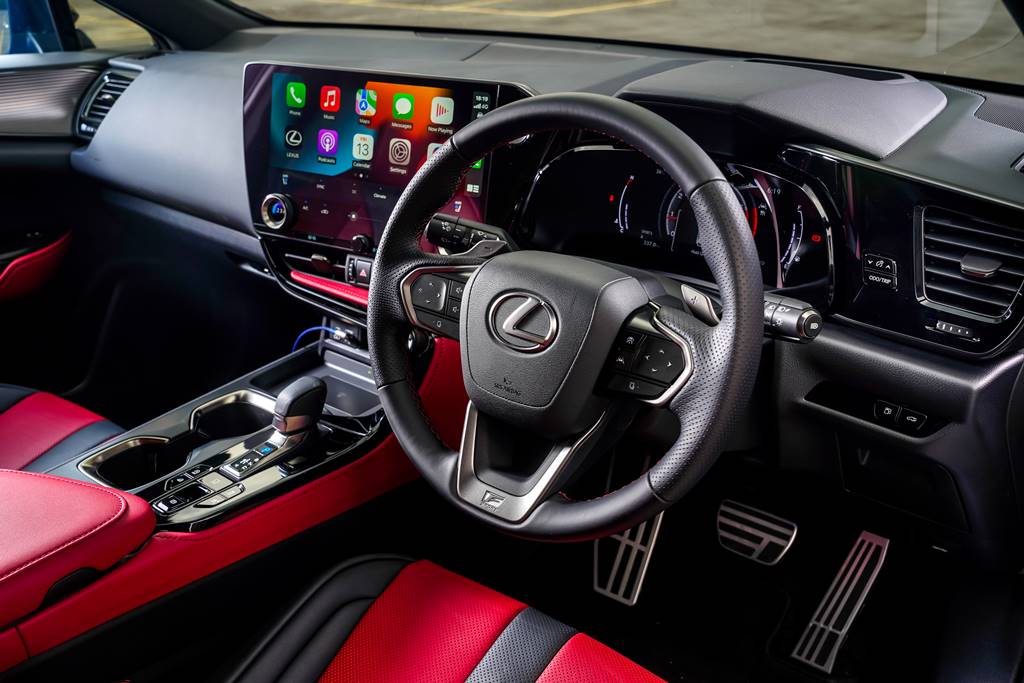
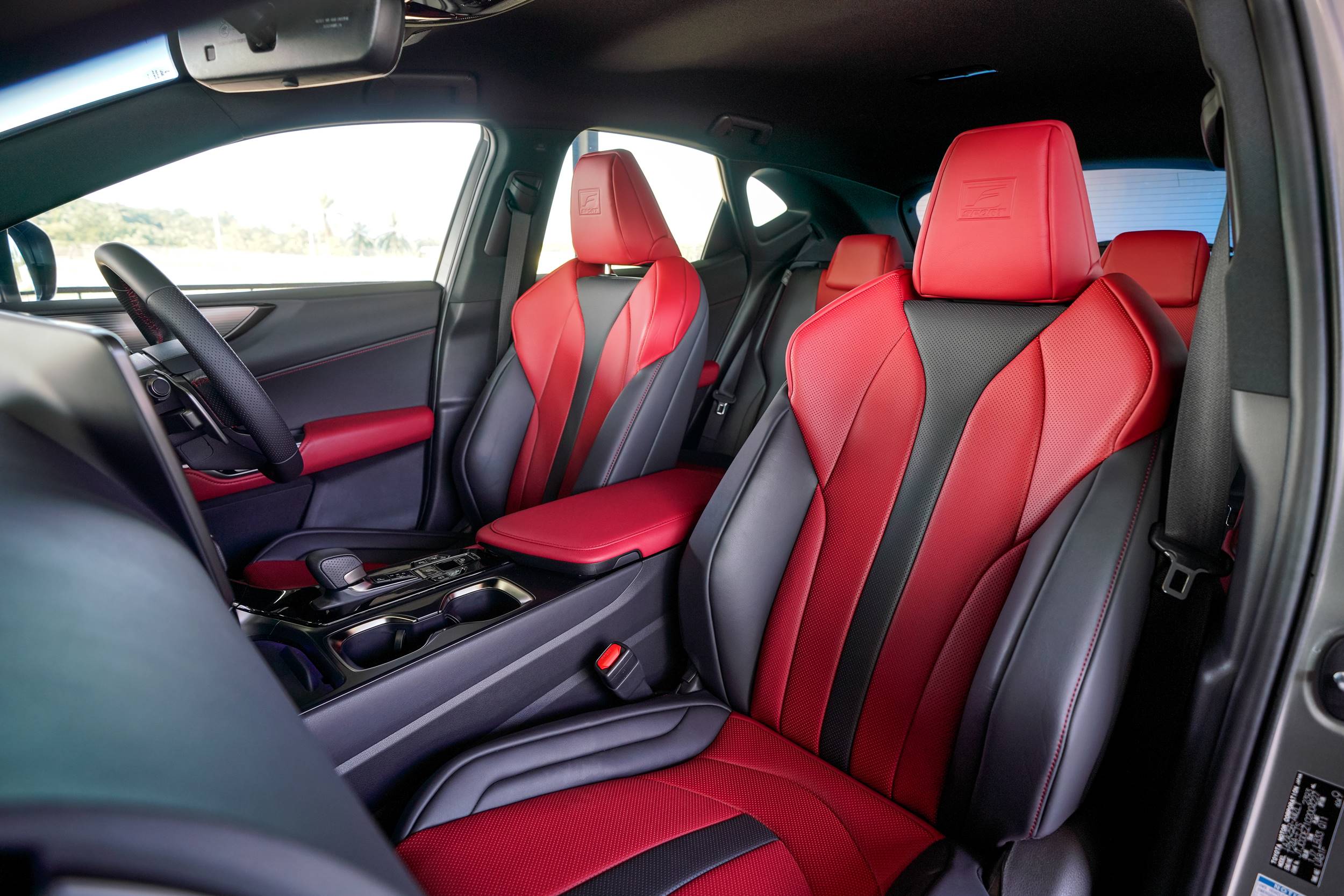
With the Tazuna concept adopted for new Lexus models since 2021, drivers have a direct, emotional connection with their vehicles and this even applies to the latest LM MPV. “With the Tazuna concept, we want drivers to be able to experience a more immersive drive with an intuitive interface that will allow drivers to develop a special bond with their vehicle. The key to the Tazuna Concept is for drivers to always be safe and in full control as they perform functions such as shifting gears or accessing control buttons. It is the kind of emotional and instinctive connection between driver and car that Lexus strives to achieve,” said Datuk Ravindran K., President, Lexus Malaysia.
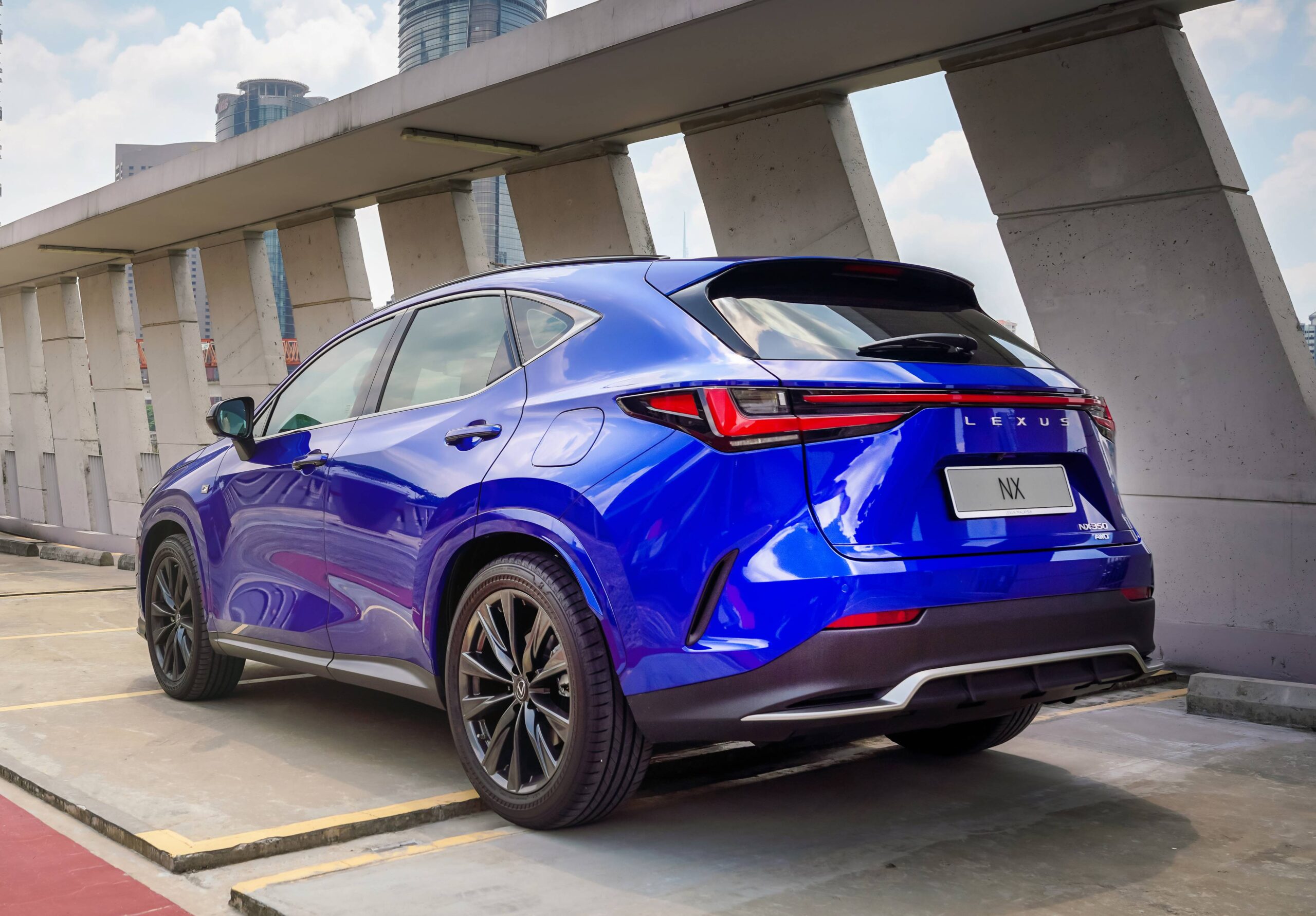
Lexus Malaysia invites the public to experience the Tazuna concept in the NX which was the first Lexus model to adopt the design philosophy. Two models will be on display at the 1Utama Shopping Centre (October 18 – 22); Waterfront Desa ParkCity October 26 – 29 in the Klang Valley, and Imago Mall and Vivacity Megamall (November 3 – 5) in Sabah and Sarawak, respectively. Rebates are offered on units in stock until December 31, 2023.
